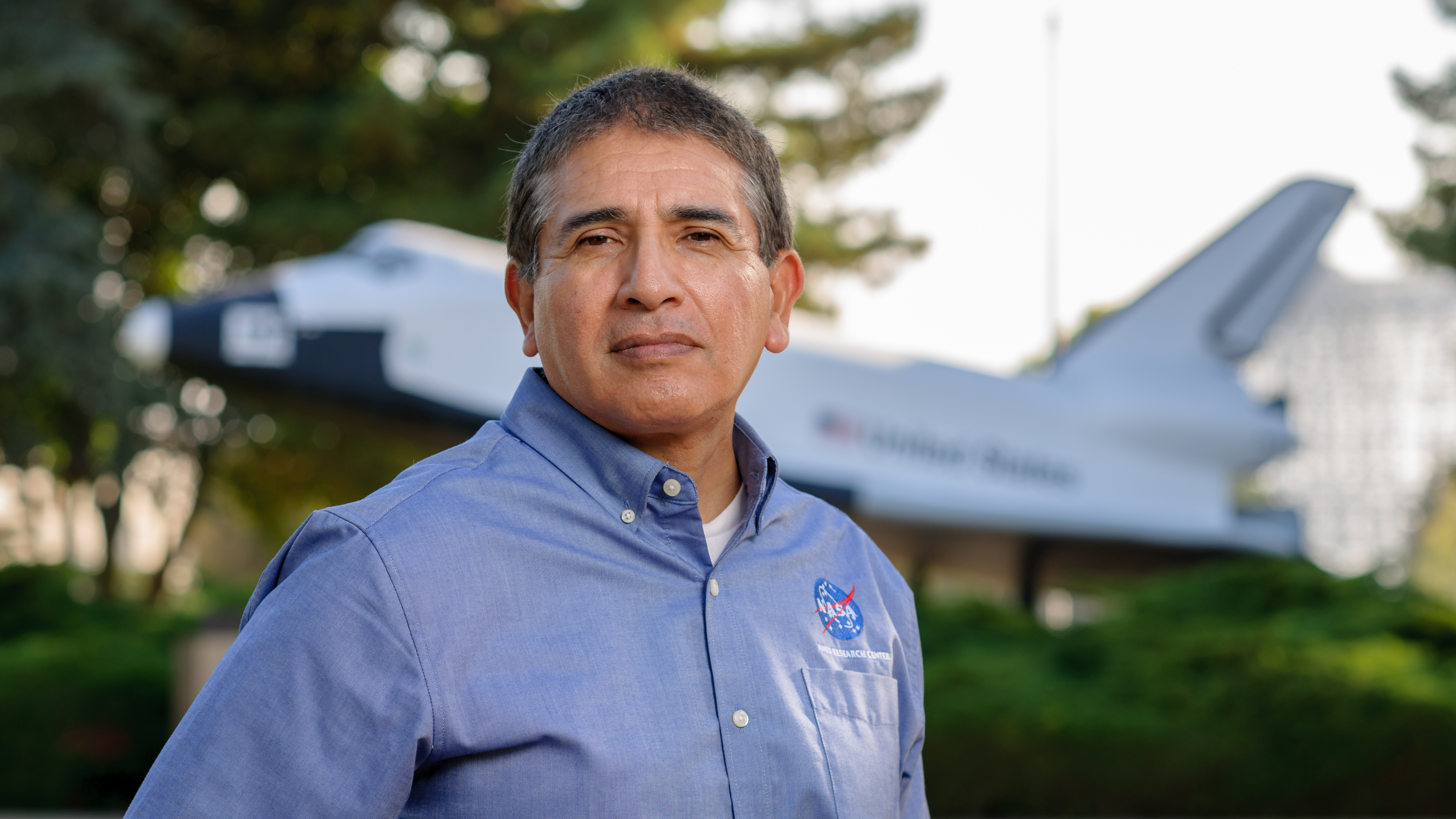 “From my earliest childhood, flight had always captivated me. I lived out in the boonies and the farmlands, so I didn’t have neighbors to go and play with. If I wasn’t working, I was left to my own devices, and often, I would just be captivated by the wildlife and in particular, the birds of prey that I would see.
“From my earliest childhood, flight had always captivated me. I lived out in the boonies and the farmlands, so I didn’t have neighbors to go and play with. If I wasn’t working, I was left to my own devices, and often, I would just be captivated by the wildlife and in particular, the birds of prey that I would see.
“To me, they represented a freedom of some kind or another. These birds and the view they have — they can take in so much. So, from that point on, I knew I wanted to be involved in flight and aviation.
“I [enjoyed] all things flight, all things spaceflight. I couldn’t get enough of it. I became an avid reader, whereas before, I wasn’t much of a reader. I couldn’t get enough material to read about my heroes from flight and space. They became my role models and the path that they took involved, at some point or another, a pretty rigorous education and dedication to doing well academically, physically, or athletically. So, I threw myself into that entire sort of mindset.
“When I was working for the Air Force, I was able to fly and work on aircraft that I would dream about, looking at in the magazines Aviation Week and Space Technology. Here they are, right in front of me.
“… So, my career has been as close as possible to that of a flight test engineer. And then, right on the heels of being captivated by atmospheric flight, working in human spaceflight has put me over the Moon.”
—Dr. Donald Mendoza, Chief Engineer, NASA Engineering & Safety Center, NASA’s Ames Research Center
Image Credit: NASA/Dominic Hart
Interviewer: NASA/Thalia Patrinos


